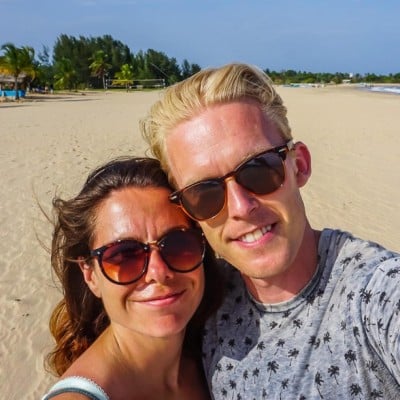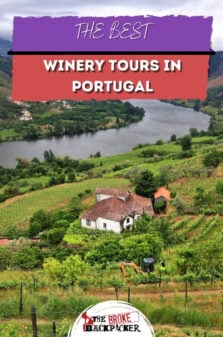Portugal – the land of great food, fine wine, and of course, the Pastéis de Nata.
It’s also one of the cheapest places to travel to in Europe and as result, it’s a popular summertime travel destination. There are some amazing beaches along the Algarve coastline that attract those seeking some much needed vitamin C as well as swimmers and surfers alike.
However, that’s not the focus of this article as we’re here to learn about Portuguese wine as well as wine tourism in the country. Portugal is one of the top 10 wine producing countries in the world, producing around 7.3 million hectoliters as of 2023.
Now, where do I fit into all of this? Over years of exploring Portugal, I’ve done some hard yards and have sorted through some of the best winery tours in Portugal that money can buy. The process has been streamlined for your convenience so that all you need to do is have a read through and get travelling.
All the tours that I’ve selected are run by knowledgeable locals who love nothing more than sharing their local wine offerings with you. I mean, who knows better than a local, right?
So, let’s dive in!
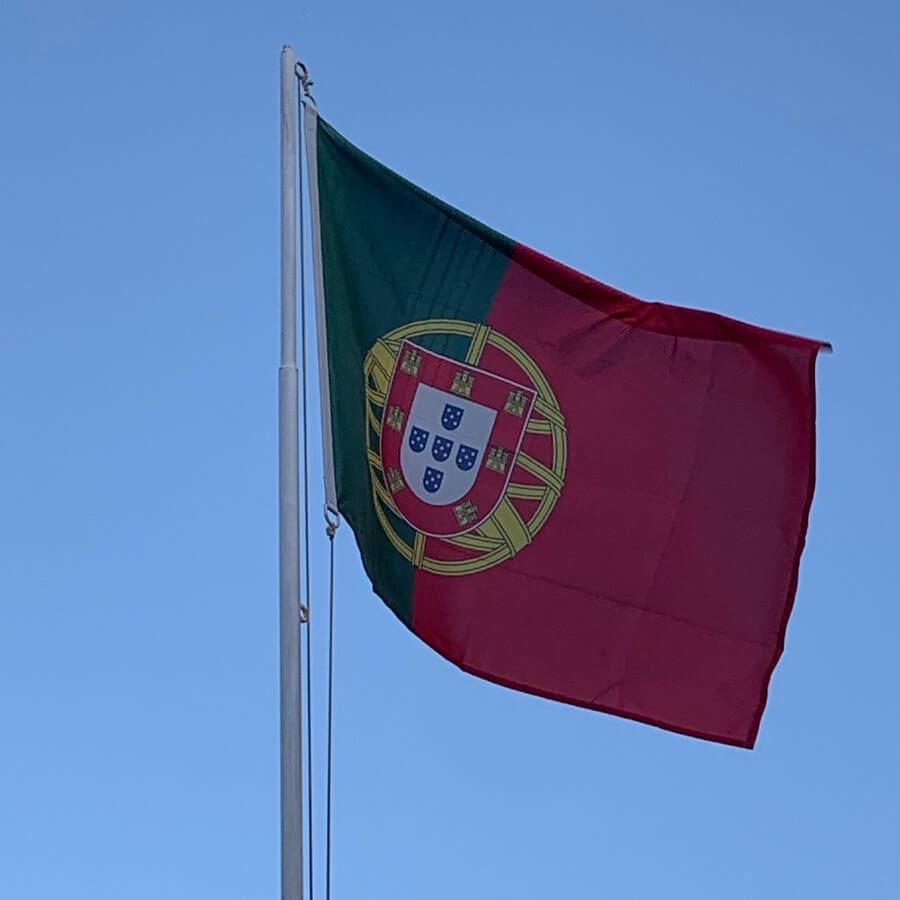
Photo: @joemiddlehurst
What is a Vineyard Tour?
Before we get into the best of Portugal, its wine regions and the best Portugal winery tours for 2024, I’ll clarify what exactly a vineyard tour is. No, it’s not just a walk through the vineyards, although this will be part of many of the winery tours that you will come across.
A vineyard tour is essentially an excursion that takes you into the heart of a wine region and educates you about all there is to know. From the vineyards and grape varietals to the production, maturation, bottling, and everything in between.
You will be guided by the winery’s employees or if you’re lucky, the wine maker and even the owners of the estate. The day will, of course, entail wine tastings and drinking and usually a lunch or at least snacks depending on the tour length. Many tours include multiple wineries in a day so you can learn about individual producers and their unique take on wine.
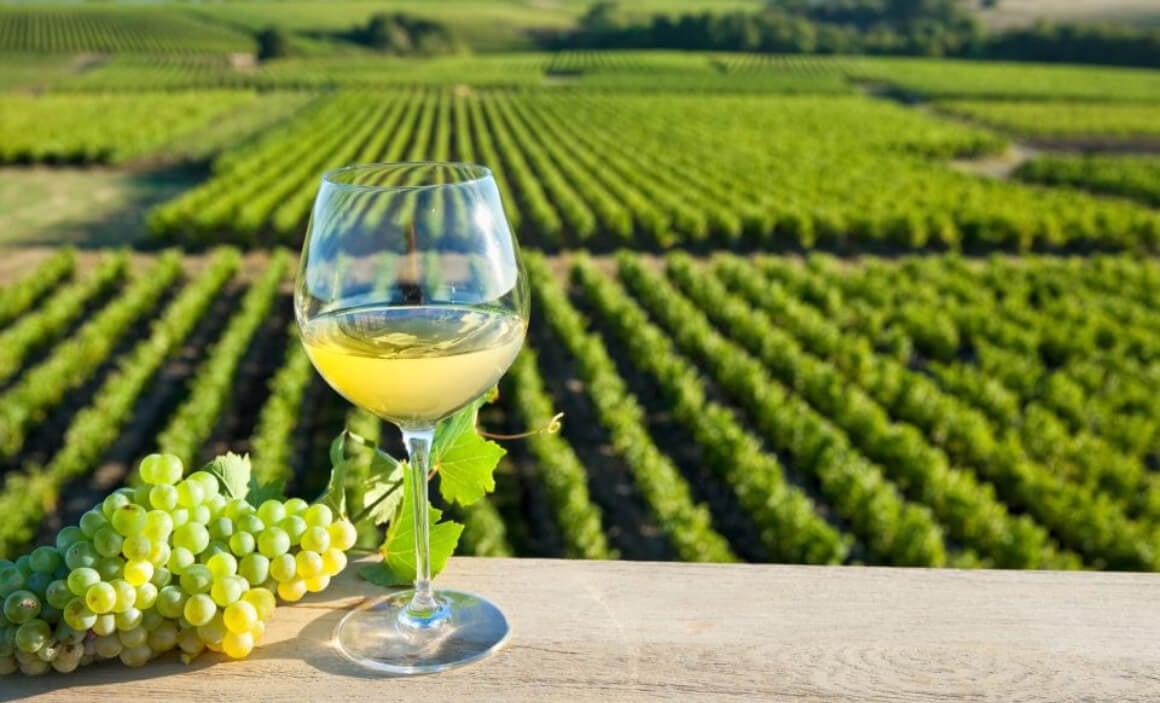
A winery tour is also a great way to meet fellow wine enthusiasts as you traverse through the individual regions and learn all there is to know about them. They’re also highly beneficial for the owners of the wineries as they bring customers to their estates and ultimately generate sales. This mutually beneficial arrangement is welcomed by both parties involved!
Let’s now take a look at some of Portugal’s most well-known wine regions.

Our GREATEST Travel Secrets…
Pop your email here & get the original Broke Backpacker Bible for FREE.
Wine Regions of Portugal
Portugal is blessed with a vast number of wine regions that are scattered throughout the country. Each has its own unique climate and topography and as a result, its own specialty.
You can rest assured knowing that wherever you decide to stay in Portugal, there will be a great winery not far away. The majority of the time, wineries are a little way out of the city but that’s where a vineyard tour comes in handy. You will be driven to and from the region so that you can enjoy the fruits of the wine maker’s labours.
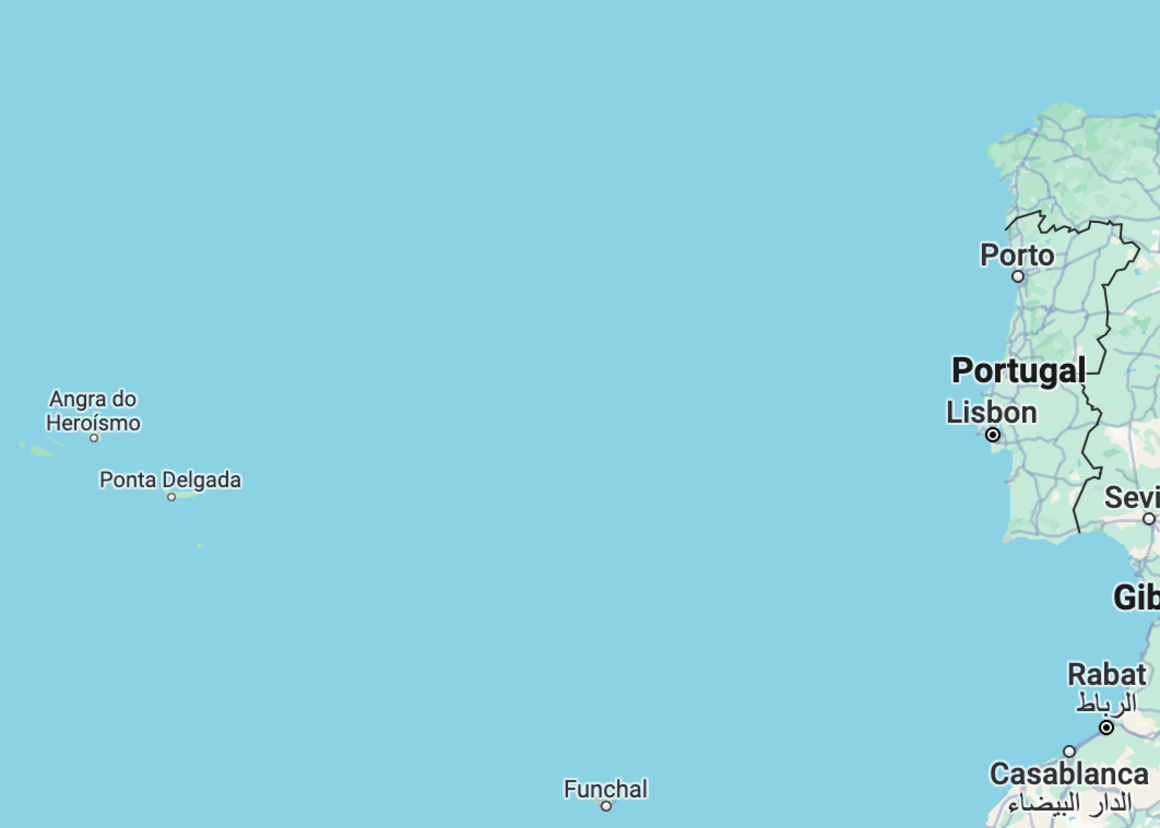
A quick side note – Portugal has three levels of wine quality classification that you will likely come across. They are DOC (DOP) or Denominação de Origem Controlada, Vinho Regional (IGP), and Vinho (wine) or “Table Wine”.
Right, it’s now onto the top Portuguese wine regions.
Lisbon
Everyone who visits Portugal travels to Lisbon, located bang in the middle of the Atlantic coastline of Portugal. The area is made up of several sub-regions such as Bucelas, Alenquer, and Colares and there’s a huge variation in climate and topography as well as a large variety of soil types.

Photo: @joemiddlehurst
The Bucelas DOC typically produces lighter-bodied white wines made predominantly from the Arinto grape. The Alenquer DOC on the other hand specializes in red wines with high tannin and concentration using Touriga Nacional, Alfrocheiro, Aragonês (Tempranillo), and Castelão. The Colares DOC produces more full-bodied white wines in a much more oxidative style. The Arruda DOC produces full-bodied red wines that are generally blended with other international varietals such as Syrah and Cabernet Sauvignon.

We’ve tested countless backpacks over the years, but there’s one that has always been the best and remains the best buy for adventurers: the broke backpacker-approved Osprey Aether and Ariel series.
Want more deetz on why these packs are so damn perfect? Then read our comprehensive review for the inside scoop!
View on Osprey View on REIMadeira
The Madeira archipelago, located 600 miles (970 kilometres) southwest of Lisbon, is home to one of the most famous fortified wines in the world. All fortified wines produced in Madeira fall under the Madeira DOC, while the everyday table wines fall under Terras Madeirenses, a Vinho Regional (VR) title. Madeira is an incredibly remote region with an extremely humid environment, mountainous terrain and excellent hiking.
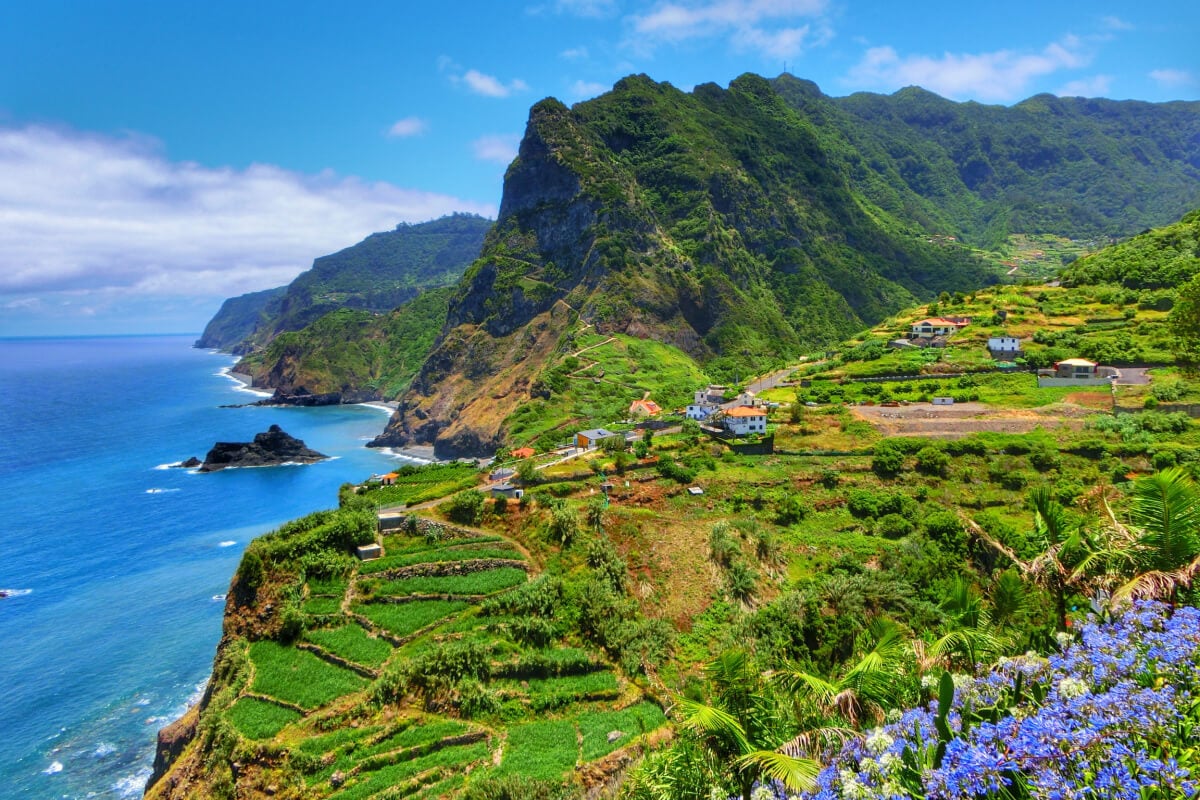
Tinta Negra Mole is the most dominant varietal planted in the region along with other common varietals including Malvasia, Verdelho, Bual, Sercial, and Folgasao. Wines from the region are also classified according to sweetness – “seco” or dry, “meio seco” or medium dry, “meio doce” or medium sweet, and “doce” or sweet. Madeira wines have various labels or titles that indicate how long they’ve been aged. “Reserve” denotes 5 years of ageing, “Special Reserve” denotes 10 years of ageing, “Extra Reserve” denotes 15 years of ageing, while the most expensive is “Vintage” which denotes 20 years of ageing.
Algarve
Last but not least is the Algarve region, located in the far southwest corner of Portugal. The Algarve is one of the most popular places to stay in the entire country thanks to its beautiful beaches, which sometimes overshadow the region’s wine production. There are four DOCs in the Algarve, namely Lagoa, Lagos, Portimão, and Tavira that are responsible for the region’s wine production. The region has no shortage of sun and heat, and as a result, the wines can lack that prized acidity that contributes to freshness.
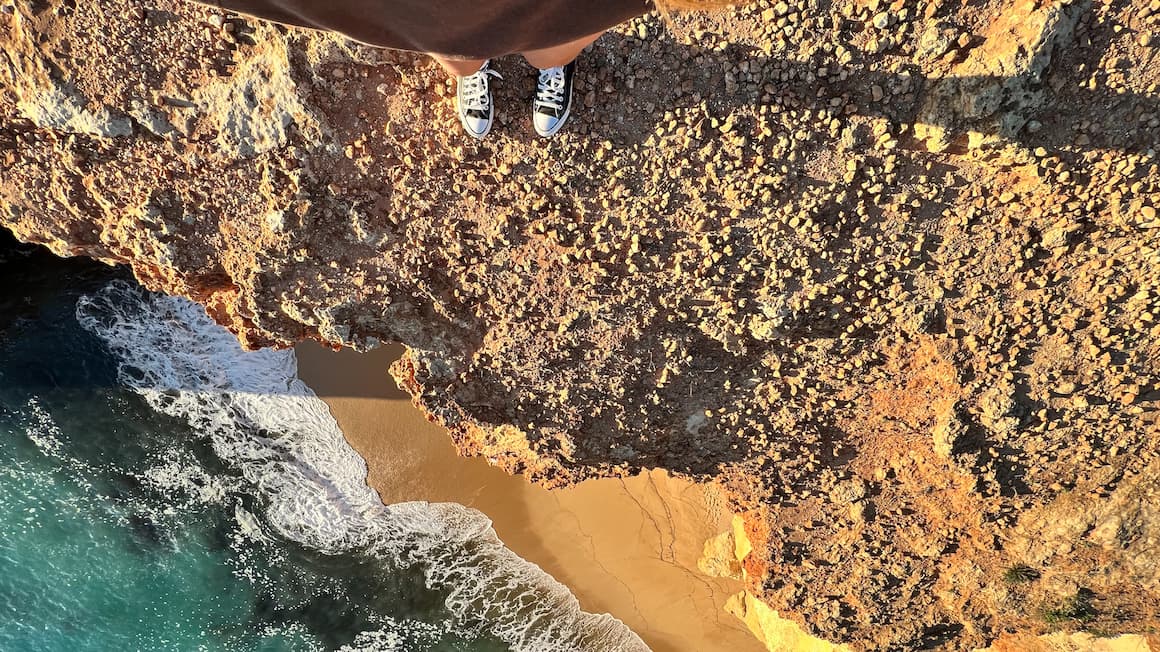
Photo: @amandaadraper
The wines can come across as quite potent, usually with high alcohols. There is also a large variety of soils in the Algarve ranging from limestone-rich clay and sandstone to sandier soils and even mineral-rich schists closer to the coast. The main white varietals planted in the Algarve include Malvasia Fino, Maneudo, and Arinto, while the predominant red varietals include Syrah, Alicante Bouschet, Aragonês (Tempranillo), and Baga. These usually higher alcohol wines are a result of the warm maritime climate that is present in much of the region.
Vinho Verde (Minho)
Vinho Verde (Minho) is the northernmost wine region in Portugal that is most famously known for its light, crisp white wines. Vinho Verde translates to “green wine” in English, relating to the light and fresh nature of the wines, including the reds.

The lighter-bodied white wines known as Branco Vinho Verde dominate the region and white varietal plantings make up around 70% of all vines planted. You can expect to find varietals such as Alvarinho, Azal, Loureiro, Arinto, and Trajadura. Crisp, tart reds known as Tinto Vinho Verde are produced in smaller quantities and are rarely found outside of Portugal. They are made from varietals such as Brancelho, Alvarelhão, Azal-Tinto, Borraçal, Espadeiro, Rabo-de-Ovelha, Padeiro-de-Basto, Vinhão, and Pedral.
Dão
Dão, located directly south of the Duoro Valley, is one of the oldest wine-producing regions in Portugal. The wines are lighter in style when compared to the Duoro but carry more tannin and acidity. This is a result of higher altitude vines (between 150m and 450m above sea level) and rugged landscapes. Typical soil types include schist and granite which lend a certain minerality and freshness.
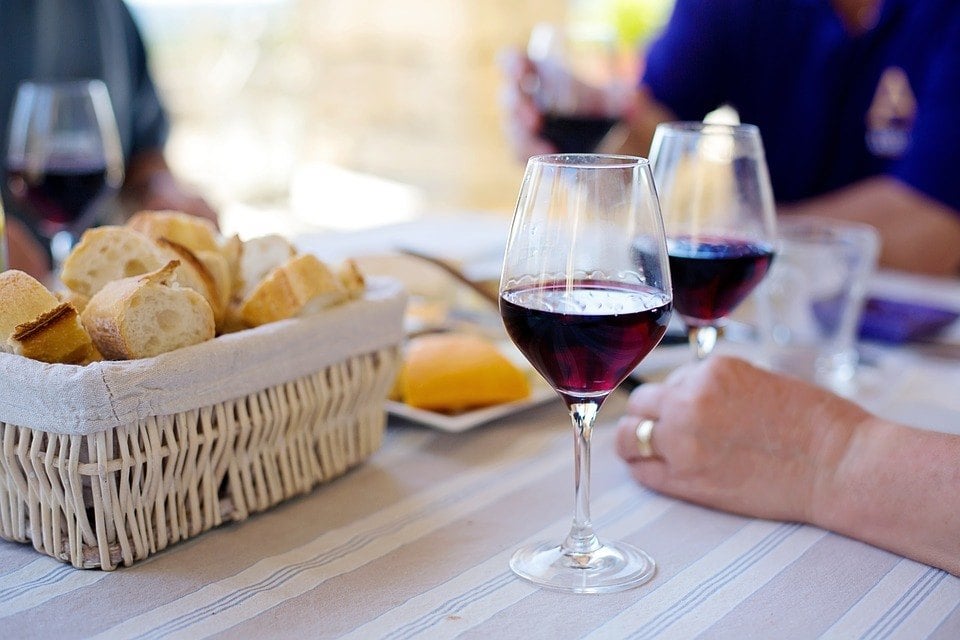
The most notable varietal planted in Dão is Touriga Nacional, the principal Port varietal in the country also used to produce full-bodied red wines along with Jaen. Dão Alfrocheiro is another one of the common wines that is found in the region and is a more medium-bodied red wine. There are also a couple of regional wines Terras de Lafões and Terras do Dão which are slightly more experimental. They blend indigenous varietals with international varietals such as Shiraz, Cabernet Sauvignon, and Chardonnay.
Alentejo
The Alentejo region is a massive area that covers almost a third of Portugal, located in the east of the country, boasting rolling hills, lots of sunlight, and hot temperatures. While the region is well known for its wheat production, it is also home to one of the world’s largest cork industries. The luxury of space means that there is also a huge variety of terroir along with its hot and dry conditions sans the cooling effect of the Atlantic Ocean.
Tinto Alentejo is a full-bodied red wine made predominantly from Aragonês (Tempranillo), Castelão, and Trincadeira, sometimes using Alicante Bouschet and Alfrocheiro. They are generally made as blends of the above varietals, but can also be found as single varietal wines.
Branco Alentejo are both full and medium-bodied white wines, made predominantly from Antão Vaz but also using Arinto, Fernão Pires, and Roupeiro. Alentejano (IGP/Vinho Regional) are wines made from any of the above varietals but may contain international varietals such as Cabernet Sauvignon, Shiraz, or Viognier.
Duoro Valley
And then we have the Duoro Valley, arguably the most well-known and picturesque Portuguese wine region – so much so that it’s a UNESCO World Heritage site. Three subregions of the Duoro can all be found along the river. Namely, Duoro Superior, Cima Corgo, and Baixo Corgo. Each of them is unique in its expression of the continental climate that is found in the Duoro.
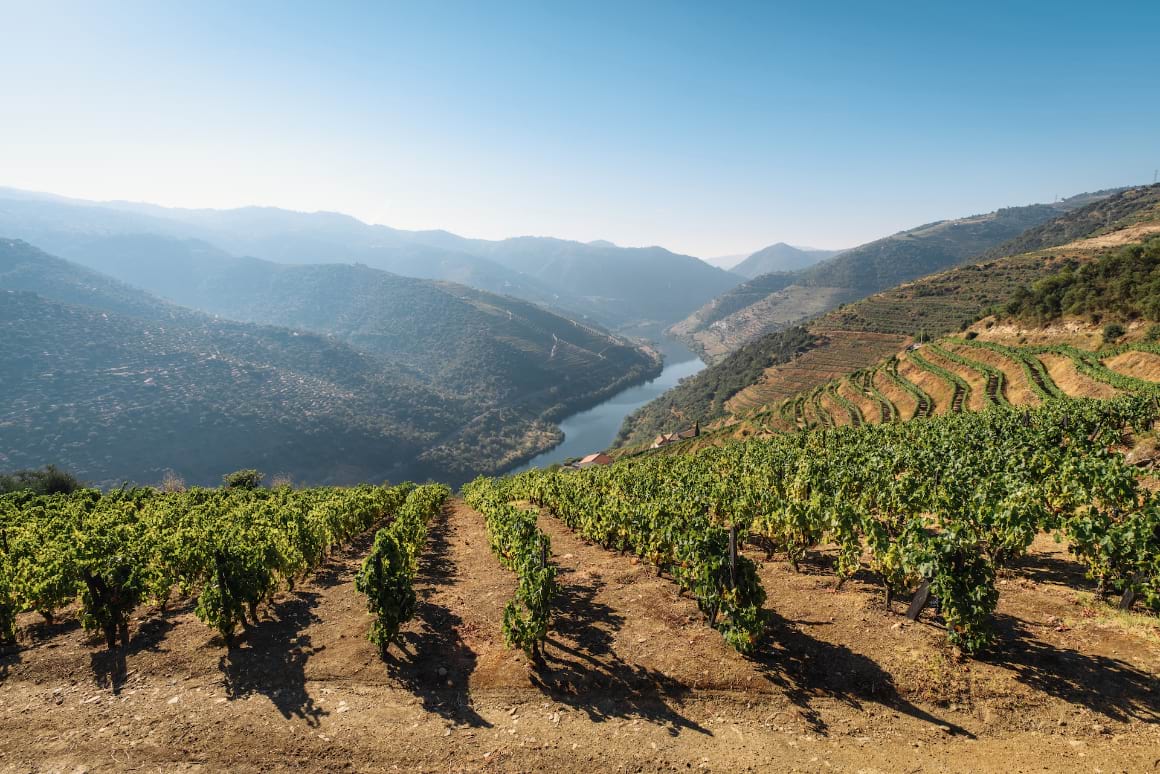
The Duoro Valley is most famous for its red Port production, categorized into LBV Port, Tawny Port, and Vintage Port, with smaller quantities of white and pink Port. There are also lighter-bodied white wines (Tinto Branco) and full-bodied red wines (Tinto Duoro) produced in the region. Commonly planted Duoro grapes include Touriga Nacional, Tinta Roriz (Tempranillo), Touriga Franca, Tinta Barroca, and Tinto Cão on the red side. And Viosinho, Gouveio, Rabigato, and Folgazão on the white side.
The Best Portugal Winery Tours
With such a vast array of wine regions, of course, there are a huge number of wineries in Portugal – in the region of 4700!
Now I know that’s a lot to sift through and try to decide on a handful to visit. But fear not. I’ve done some digging and managed to find some of the best winery tours in Portugal, for your convenience.
Let’s take a look at some of the best vineyard tour offerings below:
Duoro Valley Wine Tour
- Porto Downtown/City Centre
- 9 hours
- $134
Get ready for a full-day Duoro Valley vineyard tour, that starts with a drive through picturesque landscapes en route to the wineries. You will visit two local wineries and taste a total of six wines during your time there. You will also learn all about the production techniques that go into making Port and go for a walk through the vineyards.

It’s then on to the village of Pinhão for a traditional lunch at a local restaurant accompanied by wines from the region. The tour concludes with a leisurely boat cruise aboard a Rabelo, a local boat that is used to transport wine.
Vinho Verde Wine Tour
- Porto, Braga, or Guimarães
- 9 hours
- $323
Starting from where you’re staying in Porto, Braga, or Guimarães, you will be driven through the lush landscapes of the “green region”.

This Vinho Verde vineyard tour begins in Amarante, visiting memorials, castles, churches, and ruins, followed by some traditional regional cuisine. It’s then on to the first winery of the day to learn all about the production methods used to make the Vinho Verde, and of course, taste these deliciously fresh wines.
You will then head to the second winery of the day where you will taste more wines and learn to distinguish between different varietals. The tasting will be accompanied by some local products, too, to cap off a fun and informative day in the countryside.
Dão Wine Tour
- Nelas
- 1.5 hours
- $27
The next vineyard visit is to an individual garagiste winery in the Dão region called Vinhos Carlos Raposo. You will learn all about the history of winemaking in the Dão region, the grape varietals used, the climate, and of course, the production techniques.

The tour is conducted by the winery’s brand ambassador who doesn’t follow a set script, meaning every tour is unique. You will taste wines out of the barrel as well as recently bottled vintages which are accompanied by cheese and cured meats. It’s the perfect morning or afternoon tour for those who don’t have the luxury of time on their side.
Alentejo Wine Tour
- Lisbon
- 9 hours
- $452
Starting in Lisbon, you will learn about the wines from the Alentejo region as well as the region’s cork and olive industries. You will begin by exploring Évora, Alentejo’s regional capital and largest city. After discovering this UNESCO World Heritage Site, you will head off to a local winery to taste wines and have a locally-inspired lunch.

After lunch, you will head to a cork-producing farm to learn all about how that little wine bottle closure is made, from extraction to finished product. The final stop of this vineyards tour is at a local olive oil estate to learn all about the production. A tasting follows before heading back to the capital city.
Lisboa Wine Tour
- Lisbon
- 5 hours
- $86
This half-day wine tour is one of the best things to do in Lisbon. It combines wine tasting with an epic 4 x 4 tour and explores the town of Torres Vedras, known for its gastronomy and picturesque landscapes.
You will first visit one of the most famous mills in the area, along with its 200-year-old oven. You will then head to a local winery where you will learn all about their production and contemporary wine-making processes.

Then the fun begins – a 40-minute 4 x 4 tour through the estate learning all about the vineyards and grape varietals, followed by a wine tasting while soaking up the sun. It’s then on to a second winery visit to taste four more wines before heading back to the capital.
Madeira Wine Tour
- Funchal
- 8 hours
- $183
Starting in the main place to stay in Madeira, Funchal, you will make your way through to the main wine region, Câmara de Lobos. You will stop off for an informative tasting, learning about how the famous fortified wine is made.

From there, it’s on to San Vicente to gaze upon the natural beauty, followed by lunch and wine pairings at a local house. After lunch, you will make your way to Porto Moniz to taste a few white, rosé, and red wines.
Finally, it’s back to Fuchal but not before one last surprise – one final winery visit to sample some of the finest wines from the region. You know what they say – always save the best for last.
Algarve Wine Tour
- Porches
- 1.5 hours
- $41
The last of the winery tours in Portugal takes us to the Algarve region for an express wine tasting at a family-run estate near Albufeira and Portimão. You will learn about the local production techniques in the region as well as taste the wines from Quinta dos Capinhas.

There are white, red, and rosé wines to taste, paired with some local tapas. The tour concludes with a leisurely stroll through the vineyards for a few photos which nicely allows you to take it all in (a lil tipsy).
ALWAYS sort out your backpacker insurance before your trip. There’s plenty to choose from in that department, but a good place to start is Safety Wing.
They offer month-to-month payments, no lock-in contracts, and require absolutely no itineraries: that’s the exact kind of insurance long-term travellers and digital nomads need.
SafetyWing is cheap, easy, and admin-free: just sign up lickety-split so you can get back to it!
Click the button below to learn more about SafetyWing’s setup or read our insider review for the full tasty scoop.
Final Thoughts on Portugal Wine Tours
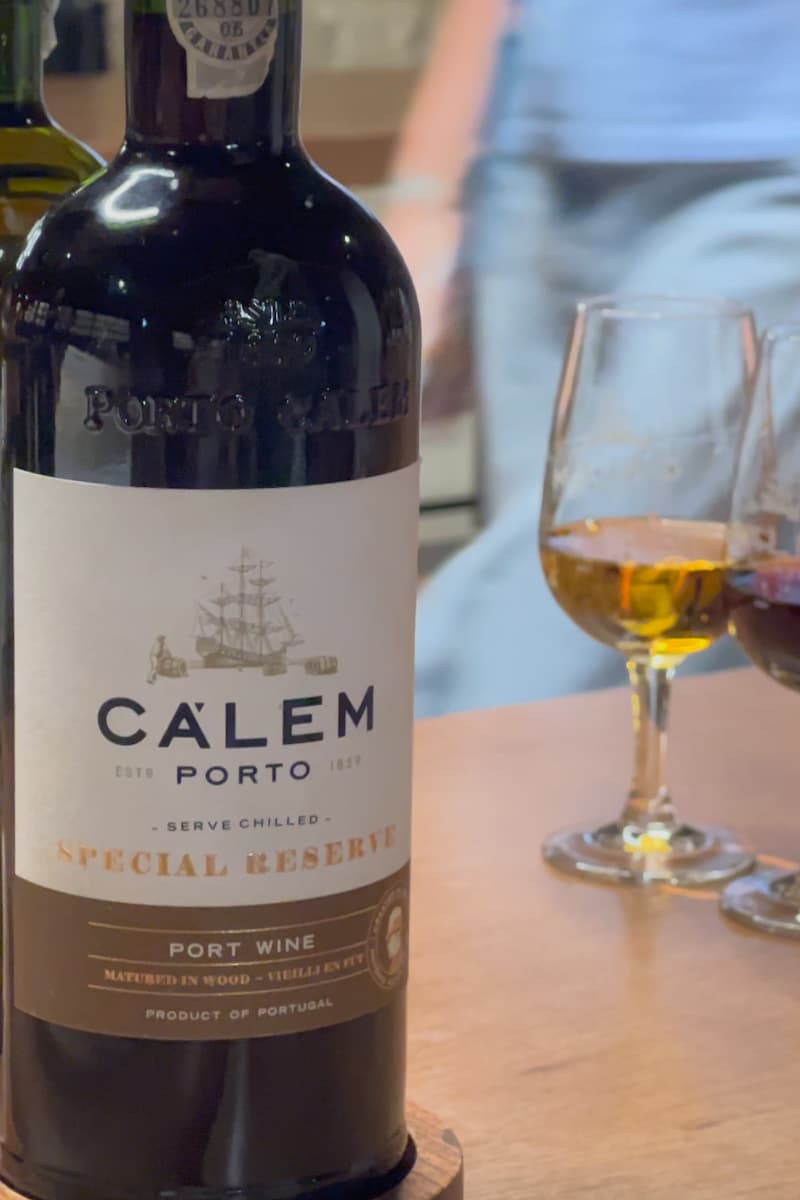
Right, although this is the end of the best Portugal winery tours for 2024, it’s actually the beginning. It’s now time for you to get cracking. Secure that flight and get yourself booked in on a Portuguese vineyard visit!
I hope that you’ve found this guide incredibly helpful and that you’ve learnt something about Portuguese wines and the regions in which they’re grown. Each region is unique in its own way and has its own speciality – it’s about deciding which one tickles your fancy the most.
Remember, there’s a lot of wine to be tasted in Portugal, it needs drinking properly, and it’s not going to drink itself!
Safe travels and happy wine-drinking! Saúde 🙂

And for transparency’s sake, please know that some of the links in our content are affiliate links. That means that if you book your accommodation, buy your gear, or sort your insurance through our link, we earn a small commission (at no extra cost to you). That said, we only link to the gear we trust and never recommend services we don’t believe are up to scratch. Again, thank you!



